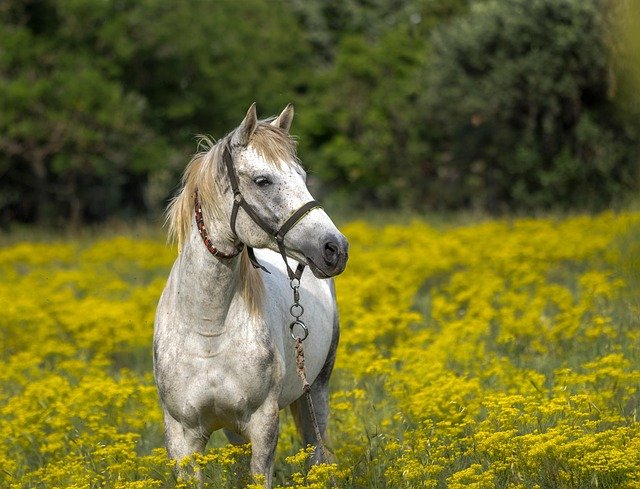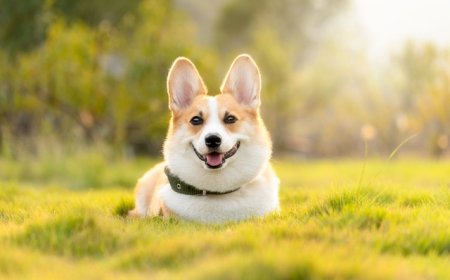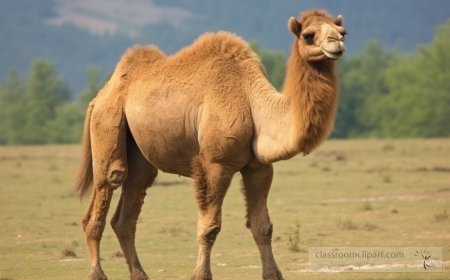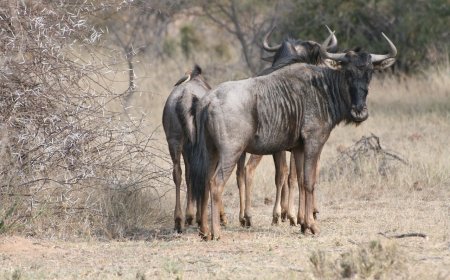Horses: Speed, Strength, and Loyalty
Learn all about horses for kids. Discover how fast they run, how strong they are, their loyal nature, and their role in history and daily life.

🐎 Horses: Speed, Strength, and Loyalty
📚 Scientific Name and Classification
-
Common Name: Horse
-
Scientific Name: Equus ferus caballus
-
Classification: Kingdom Animalia → Phylum Chordata → Class Mammalia → Order Perissodactyla → Family Equidae
Horses are large, intelligent mammals with strong legs and powerful lungs. They have helped humans for thousands of years—not just for riding, but also for farming, carrying goods, racing, and even therapy. Horses are among the most loyal and graceful animals in the world.
🌍 Habitat and Geographic Range
Domestic horses live in nearly every country on Earth and adapt well to many environments—from dry deserts to grassy fields and even cold mountains. They're commonly found on ranches, farms, and stables.
Wild horses live in natural areas like:
-
Mustangs: Found in the western United States, living in herds on open plains.
-
Przewalski’s horse: Native to the steppes of Mongolia, this is the only truly wild horse species that was never domesticated.
Horses need open space to run and graze. In the wild, they travel many miles each day to find food and water.
🥕 Diet and Feeding Habits
Horses are herbivores with a digestive system designed for eating plants.
Their natural diet includes:
- Grasses and wild plants
- Hay (dried grass), especially in winter
- Grains like oats, barley, or corn
- Salt licks for minerals
- Occasional treats: carrots, apples, and even peppermints
Horses eat slowly and for long periods—up to 16 hours a day! Their teeth never stop growing, which helps them chew tough grasses throughout their lives.
🧠 Behavior and Intelligence
Horses are extremely social, sensitive, and smart animals.
- In the wild, horses form tight-knit herds for protection and companionship. A lead mare often guides the group.
- They communicate using body language, like tail swishing, ear direction, and facial expressions. They also neigh, nicker, snort, and whinny.
- Horses can recognize faces, voices, and even emotions in humans. They’re used in therapy for people with anxiety or disabilities.
Because they are prey animals, horses are very alert and aware of their surroundings. Their large eyes give them nearly 360-degree vision, and they have excellent hearing and smell.
🦴 Physical Features and Unique Adaptations
- Height: Measured in “hands” (1 hand = 4 inches). Ponies are under 14.2 hands; large horses like draft breeds can be over 18 hands tall.
- Weight: Can range from 800 pounds (pony) to 2,000 pounds (draft horse)
- Legs: Long, muscular legs with hooves for fast movement. Horses can reach speeds of 25–55 mph depending on the breed.
- Tail and mane: Used for communication and to swat away insects
- Teeth: Help estimate age; males often have 40 teeth, females about 36
- Coat colors: Over 300 possible combinations, including bay, chestnut, black, gray, roan, and paint
Breeds like the Arabian are known for endurance, while Thoroughbreds are famous for racing, and Clydesdales are used for pulling heavy loads.
🍼 Life Cycle and Reproduction
- Mating season: Spring and early summer
- Gestation period: Around 11 months
- Birth: Usually a single foal, standing and nursing within an hour
- Weaning: Foals begin eating grass and hay around 2–3 months old
- Lifespan: Most horses live 25–30 years, though some reach over 40 years with excellent care
Horses are cared for by farriers (hoof specialists), veterinarians, and trainers to stay healthy.
⚠️ Threats and Conservation
While domestic horses are not endangered, several horse breeds and wild species are at risk:
- Przewalski’s horse was once extinct in the wild, but conservation programs have reintroduced them to Mongolia.
- Mustangs in the U.S. face habitat loss, overpopulation, and conflicts with livestock grazing.
Horses need protected land, fresh water, and sustainable management to ensure survival. International programs and wildlife parks are working to preserve rare horse breeds.
🎉 Fun Facts About Horses
- Horses can sleep standing up using a locking joint in their legs!
- They can move their ears independently in different directions.
- A horse’s heart weighs as much as 10–12 pounds (4.5–5.4 kg)!
- Horses can't vomit due to the way their stomach muscles are shaped.
- The oldest recorded horse lived to be 62 years old.
🧠 Vocabulary List
-
Equine – A word that refers to horses
-
Foal – A baby horse
-
Mare – An adult female horse
-
Stallion – An adult male horse
-
Herbivore – An animal that eats only plants
-
Gait – The way a horse moves (walk, trot, canter, gallop)
-
Farrier – A specialist who trims and cares for horse hooves
-
Whinny/Nicker – Sounds horses make to communicate
-
Herd – A group of horses or other grazing animals
-
Draft Horse – A large, strong breed used for heavy pulling
✅ Horse Quiz: Are You a Horse Hero?
1. What is a baby horse called?
A. Calf
B. Colt
C. Foal
D. Pup
2. What do horses use to swat away insects?
A. Their tongues
B. Their teeth
C. Their hooves
D. Their tails
3. What is the average lifespan of a horse?
A. 5–10 years
B. 10–20 years
C. 25–30 years
D. 40–50 years
4. What kind of eater is a horse?
A. Carnivore
B. Omnivore
C. Insectivore
D. Herbivore
5. What is Przewalski’s horse known for?
A. Being the fastest horse
B. Having a curly tail
C. Never being domesticated
D. Pulling wagons in Europe
6. What do horses mainly eat in winter?
A. Fruits
B. Hay
C. Insects
D. Fish
7. Which sense is especially strong in horses?
A. Taste
B. Sight
C. Touch
D. Balance
8. What is a group of horses called?
A. Pack
B. School
C. Herd
D. Flock
9. How long is a horse's gestation period?
A. 6 months
B. 8 months
C. 11 months
D. 14 months
10. What is the name of the only truly wild horse species?
A. Mustang
B. Arabian
C. Przewalski’s horse
D. Clydesdale




















































